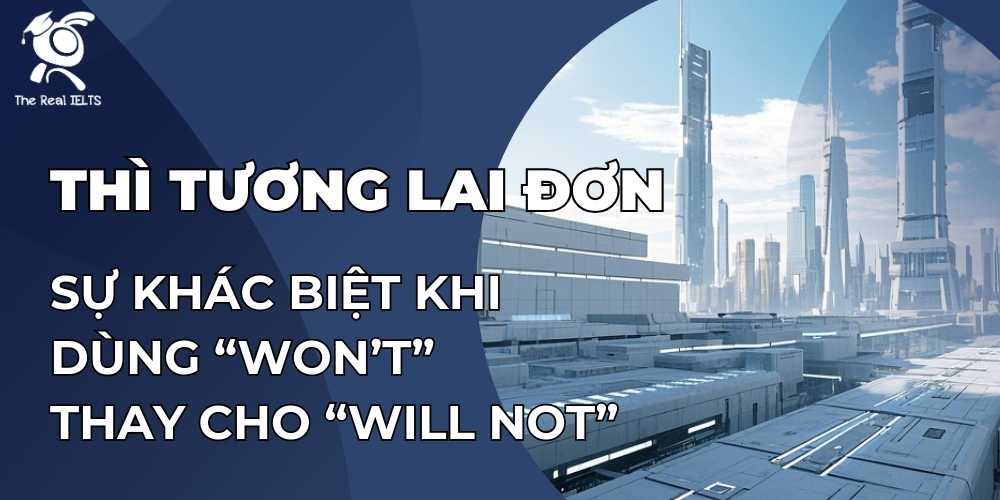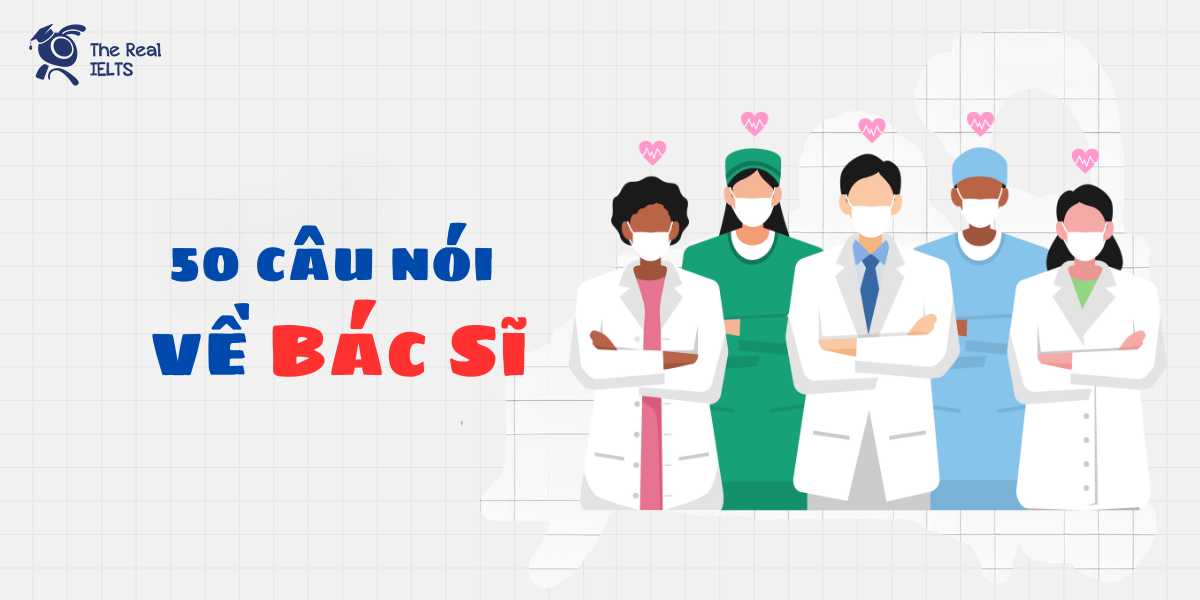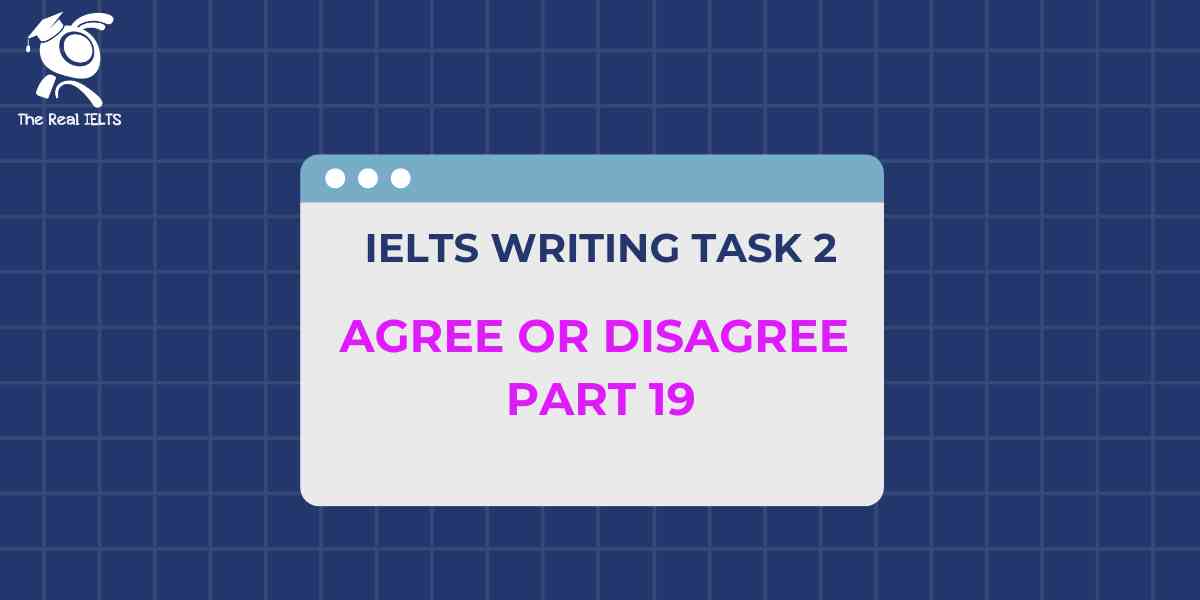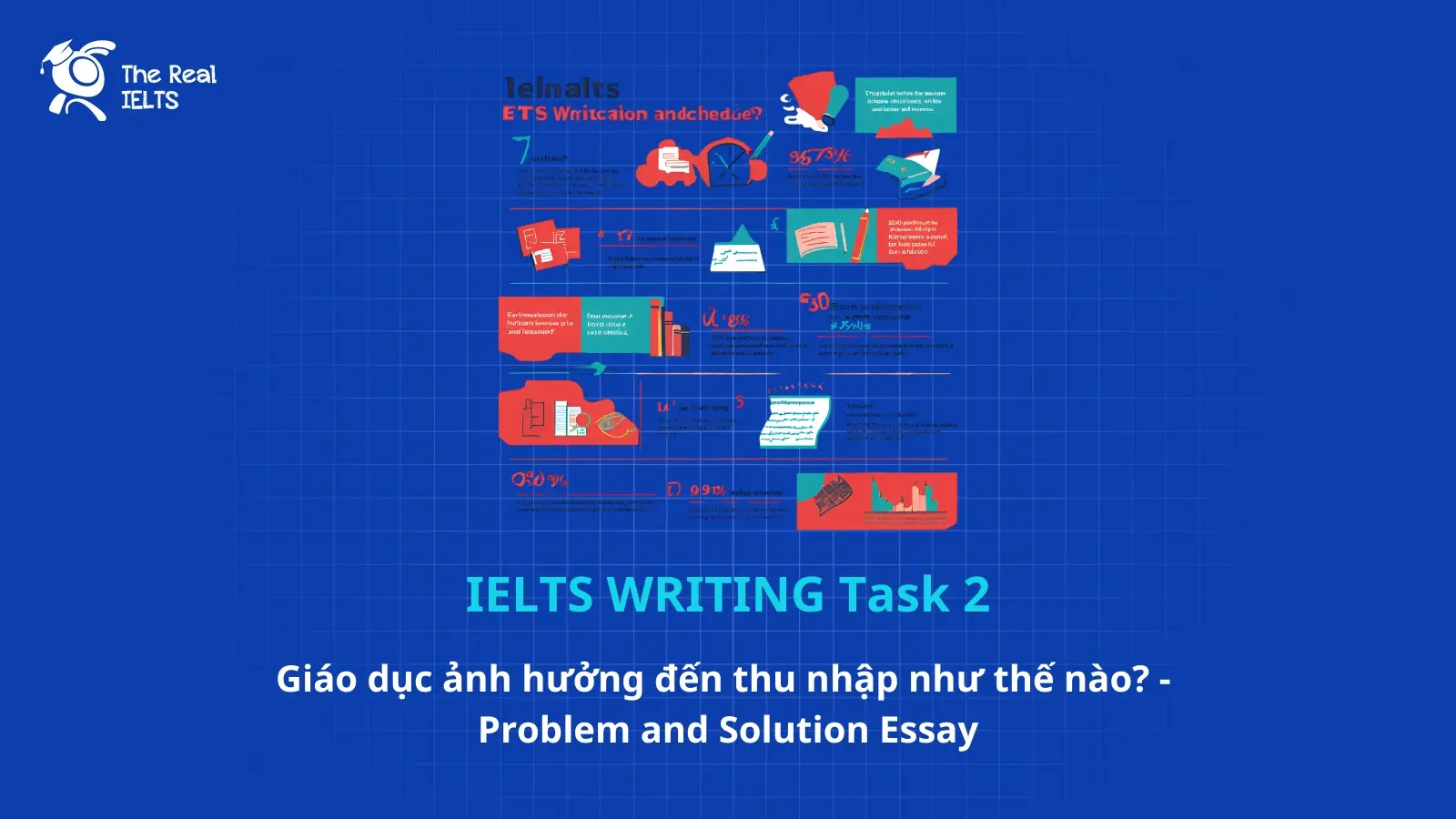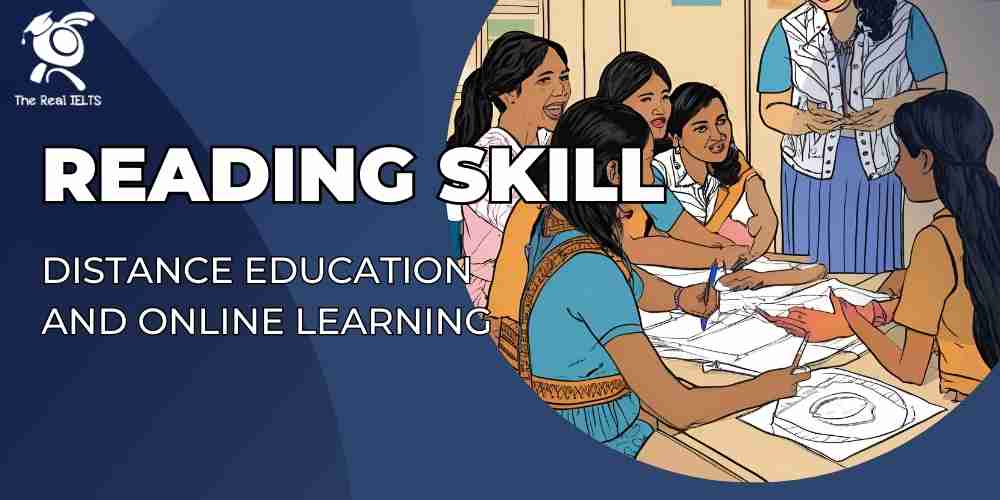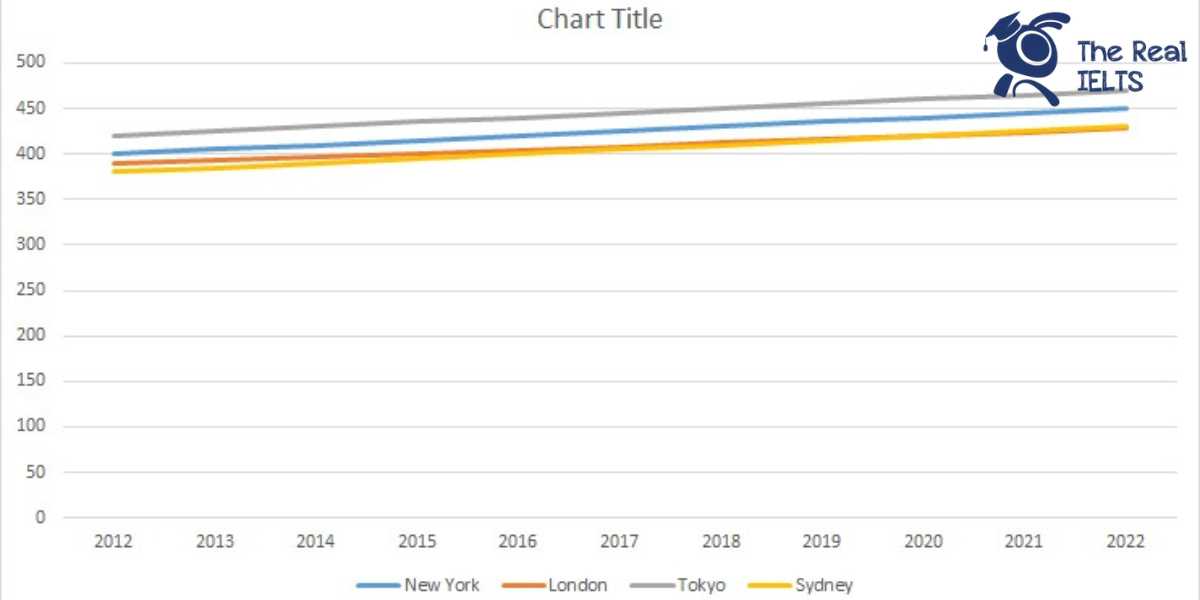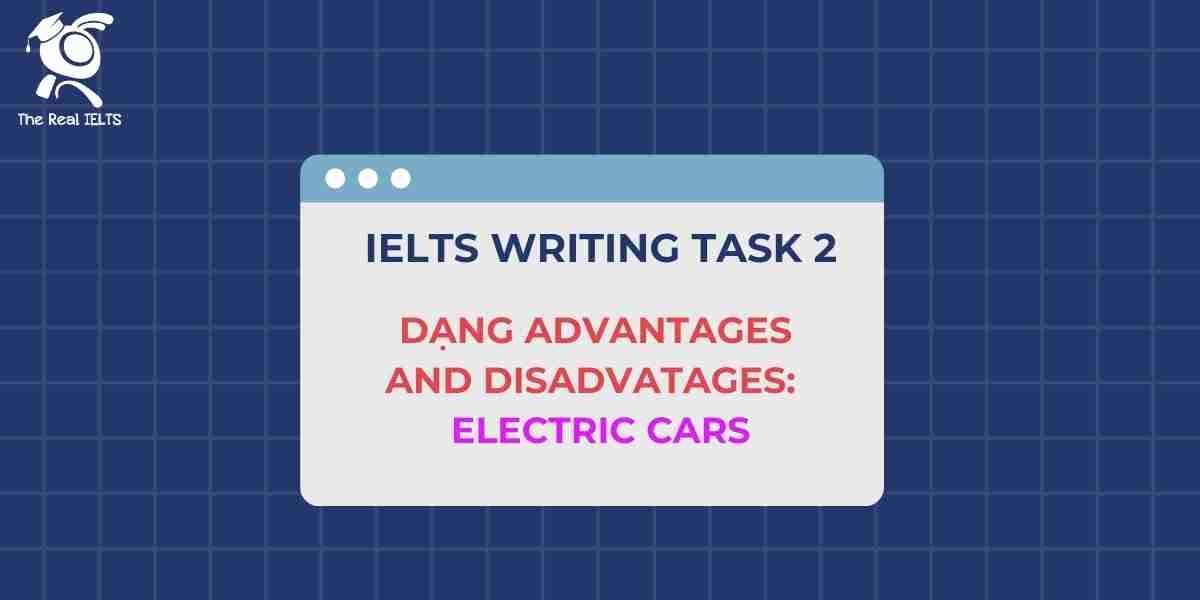IELTS Reading 23: Advances in medicine and pharmaceuticals là chủ đề thuộc chuỗi bài luyện tập 11 dạng bài IELTS Reading và các bài tập luyện tập.
Học lại bài cũ: IELTS Reading 22: The Role of Public Health.
IELTS Reading: Advances in medicine and pharmaceuticals
In the last century, the field of medicine and pharmaceuticals has seen remarkable advancements, leading to significant improvements in public health and life expectancy. These innovations have not only helped in eradicating or controlling diseases that were once fatal but have also opened doors to new treatments and therapies that improve the quality of life.
The Evolution of Pharmaceuticals
Pharmaceuticals have played a critical role in the evolution of modern medicine. Early civilizations relied on natural remedies derived from plants, minerals, and animal products. The discovery of penicillin by Alexander Fleming in 1928 marked a turning point in medicine. Penicillin, the first true antibiotic, revolutionized the treatment of bacterial infections, saving millions of lives. Since then, numerous antibiotics have been developed, each targeting specific types of bacteria.
The pharmaceutical industry has grown exponentially, with new drugs being developed for a wide range of conditions, from chronic illnesses like diabetes and heart disease to rare genetic disorders. One of the key advancements has been the ability to tailor medications to the individual, an approach known as personalized medicine. By analyzing a patient’s genetic makeup, doctors can prescribe drugs that are more effective and have fewer side effects.
Breakthroughs in Medicine
Apart from pharmaceuticals, advances in medical technology have also transformed healthcare. One significant breakthrough has been in the field of imaging technology. X-rays, MRI (magnetic resonance imaging), and CT (computed tomography) scans have become indispensable tools for diagnosing a variety of conditions, from broken bones to tumors. These technologies allow doctors to view the inside of the body in great detail without the need for invasive surgery.
Another major advancement is in the field of surgery. Minimally invasive techniques, such as laparoscopic surgery, have reduced recovery times and lowered the risk of complications. Robotic surgery, where surgeons use robots to perform precise operations, is another cutting-edge development. These innovations have made surgeries safer and more effective.
Vaccination and Disease Prevention
The development of vaccines has been one of the most effective ways to prevent the spread of infectious diseases. Vaccines have led to the eradication of smallpox, a disease that once killed millions, and have significantly reduced the incidence of diseases like polio, measles, and mumps. Recent advances in vaccine technology, such as the development of mRNA vaccines, have shown promise in combating emerging diseases, including COVID-19.
Vaccination campaigns have become a global effort, with organizations like the World Health Organization (WHO) and the Global Alliance for Vaccines and Immunization (GAVI) working to ensure that vaccines are available in even the most remote parts of the world. This has had a profound impact on global health, particularly in developing countries where infectious diseases are more prevalent.
Future Prospects in Medicine
Looking ahead, the future of medicine and pharmaceuticals seems promising. Gene therapy, which involves modifying a person’s genes to treat or prevent disease, is an area of ongoing research. This approach has the potential to cure genetic disorders that currently have no treatment. Similarly, advances in stem cell research are paving the way for regenerative medicine, where damaged tissues and organs can be repaired or replaced.
Artificial intelligence (AI) is also set to revolutionize healthcare. AI systems can analyze vast amounts of data quickly and accurately, helping doctors make more informed decisions. From predicting disease outbreaks to diagnosing conditions based on medical images, AI is poised to play a significant role in the future of medicine.
The advances in medicine and pharmaceuticals over the past century have been nothing short of extraordinary. As research continues, we can expect even more breakthroughs that will improve the health and well-being of people around the world. With the rise of personalized medicine, gene therapy, and AI, the future of healthcare looks brighter than ever.
Question
1. Multiple Choice (Chọn đáp án đúng)
Question: What was the significance of Alexander Fleming’s discovery of penicillin in 1928?
A. It was the first vaccine developed.
B. It marked the beginning of personalized medicine.
C. It revolutionized the treatment of bacterial infections.
D. It led to the invention of MRI technology.
2. True/False/Not Given (Đúng/Sai/Không có thông tin)
Statements:
- Personalized medicine can reduce the risk of side effects for patients.
- The discovery of antibiotics led to the eradication of diabetes.
- The use of AI in healthcare is already widespread around the world.
3. Yes/No/Not Given (Có/Không/Không có thông tin)
Statements:
- Vaccines have successfully eradicated polio globally.
- X-rays were the first form of medical imaging to be widely used.
- Gene therapy has already cured several genetic disorders.
4. Matching Information (Ghép thông tin)
Question: Match the following information to the correct paragraph (A, B, C, D, or E):
- A key medical imaging technology that allows non-invasive diagnosis of conditions.
- The impact of vaccines on global health and disease prevention.
- The use of AI to help doctors in decision-making.
- How the pharmaceutical industry has grown in the development of new drugs.
5. Matching Headings (Ghép tiêu đề)
Question: Match each paragraph with the correct heading from the list below:
Headings:
- Breakthroughs in Surgical Technology
- The Role of AI in Future Healthcare
- How Vaccines Changed Global Health
- Early History of Pharmaceuticals
- The Rise of Personalized Medicine
Paragraphs:
- Paragraph A:
- Paragraph B:
- Paragraph C:
- Paragraph D:
- Paragraph E:
6. Matching Sentence Endings (Ghép kết thúc câu)
Questions: Complete the sentences by matching the beginning of each sentence (1-3) with the correct ending (A-D).
- Robotic surgery allows surgeons to…
- Gene therapy has the potential to…
- Vaccines have drastically reduced…
Endings:
A. diseases like measles and mumps.
B. perform precise operations with minimal incisions.
C. prevent or cure genetic disorders.
D. develop new diagnostic tools.
7. Sentence Completion (Hoàn thành câu)
Questions: Complete the sentences below using NO MORE THAN THREE WORDS from the passage.
- Penicillin was the first true __________, discovered in 1928 by Alexander Fleming.
- __________ can be tailored to an individual based on their genetic makeup.
- AI systems help doctors by analyzing large amounts of __________.
8. Summary Completion (Hoàn thành bản tóm tắt)
Instructions: Complete the summary using NO MORE THAN TWO WORDS from the passage.
Advances in medicine and pharmaceuticals over the past century have led to significant improvements in global health. The discovery of __________ marked the beginning of effective treatments for bacterial infections. In addition, __________ has allowed healthcare providers to tailor treatments to individuals, improving outcomes. The development of vaccines has been instrumental in the __________ of infectious diseases, and AI promises to revolutionize healthcare by assisting with __________ decisions.
9. Diagram Label Completion (Hoàn thành nhãn sơ đồ)
Instructions: Label the following diagram of a human body scan based on the information in the passage. Use NO MORE THAN THREE WORDS for each label.
Diagram:
- Part 1: Non-invasive technology to see inside the body: __________
- Part 2: Used to detect tumors and fractures: __________
- Part 3: Assists in performing surgery with precision: __________
10. Short Answer Questions (Câu hỏi trả lời ngắn)
Instructions: Answer the following questions using NO MORE THAN THREE WORDS from the passage.
- Who discovered penicillin?
- What type of medicine is designed based on a patient’s genetics?
- Which recent technology is helping doctors predict disease outbreaks?
11. Table/Flowchart/Note Completion (Hoàn thành bảng/sơ đồ dòng/chú thích)
Instructions: Complete the table below using NO MORE THAN TWO WORDS from the passage.
| Medical Advancement | Description |
|---|---|
| Penicillin | The first __________, discovered by Alexander Fleming. |
| Minimally invasive surgery | Reduces __________ and complications during surgery. |
| mRNA vaccines | New technology used to combat __________ diseases. |
Answers
1. Multiple Choice (Chọn đáp án đúng)
Question: What was the significance of Alexander Fleming’s discovery of penicillin in 1928?
Answer: C. It revolutionized the treatment of bacterial infections.
2. True/False/Not Given (Đúng/Sai/Không có thông tin)
Statements:
- True – Personalized medicine can reduce the risk of side effects for patients.
- False – The discovery of antibiotics did not lead to the eradication of diabetes (diabetes is not caused by bacterial infections).
- Not Given – There is no information about AI already being widespread around the world.
3. Yes/No/Not Given (Có/Không/Không có thông tin)
Statements:
- No – Vaccines have significantly reduced polio but not eradicated it globally.
- Yes – X-rays were one of the first forms of medical imaging used widely.
- Not Given – There is no information that gene therapy has already cured genetic disorders.
4. Matching Information (Ghép thông tin)
Question: Match the following information to the correct paragraph (A, B, C, D, or E):
- A key medical imaging technology that allows non-invasive diagnosis of conditions.
Answer: Paragraph C - The impact of vaccines on global health and disease prevention.
Answer: Paragraph D - The use of AI to help doctors in decision-making.
Answer: Paragraph E - How the pharmaceutical industry has grown in the development of new drugs.
Answer: Paragraph B
5. Matching Headings (Ghép tiêu đề)
Question: Match each paragraph with the correct heading from the list below:
Answers:
- Paragraph A: 4. Early History of Pharmaceuticals
- Paragraph B: 5. The Rise of Personalized Medicine
- Paragraph C: 1. Breakthroughs in Surgical Technology
- Paragraph D: 3. How Vaccines Changed Global Health
- Paragraph E: 2. The Role of AI in Future Healthcare
6. Matching Sentence Endings (Ghép kết thúc câu)
Questions:
- Robotic surgery allows surgeons to…
Answer: B. perform precise operations with minimal incisions. - Gene therapy has the potential to…
Answer: C. prevent or cure genetic disorders. - Vaccines have drastically reduced…
Answer: A. diseases like measles and mumps.
7. Sentence Completion (Hoàn thành câu)
Questions:
- Penicillin was the first true antibiotic, discovered in 1928 by Alexander Fleming.
- Personalized medicine can be tailored to an individual based on their genetic makeup.
- AI systems help doctors by analyzing large amounts of data.
8. Summary Completion (Hoàn thành bản tóm tắt)
Answers:
The discovery of penicillin marked the beginning of effective treatments for bacterial infections. In addition, personalized medicine has allowed healthcare providers to tailor treatments to individuals, improving outcomes. The development of vaccines has been instrumental in the prevention of infectious diseases, and AI promises to revolutionize healthcare by assisting with clinical decisions.
9. Diagram Label Completion (Hoàn thành nhãn sơ đồ)
Answers:
- Part 1: Non-invasive technology to see inside the body: MRI
- Part 2: Used to detect tumors and fractures: CT scans
- Part 3: Assists in performing surgery with precision: Robotic surgery
10. Short Answer Questions (Câu hỏi trả lời ngắn)
Questions:
- Who discovered penicillin?
Answer: Alexander Fleming - What type of medicine is designed based on a patient’s genetics?
Answer: Personalized medicine - Which recent technology is helping doctors predict disease outbreaks?
Answer: AI
11. Table/Flowchart/Note Completion (Hoàn thành bảng/sơ đồ dòng/chú thích)
Answers:
| Medical Advancement | Description |
|---|---|
| Penicillin | The first antibiotic, discovered by Alexander Fleming. |
| Minimally invasive surgery | Reduces recovery times and complications during surgery. |
| mRNA vaccines | New technology used to combat emerging diseases. |




